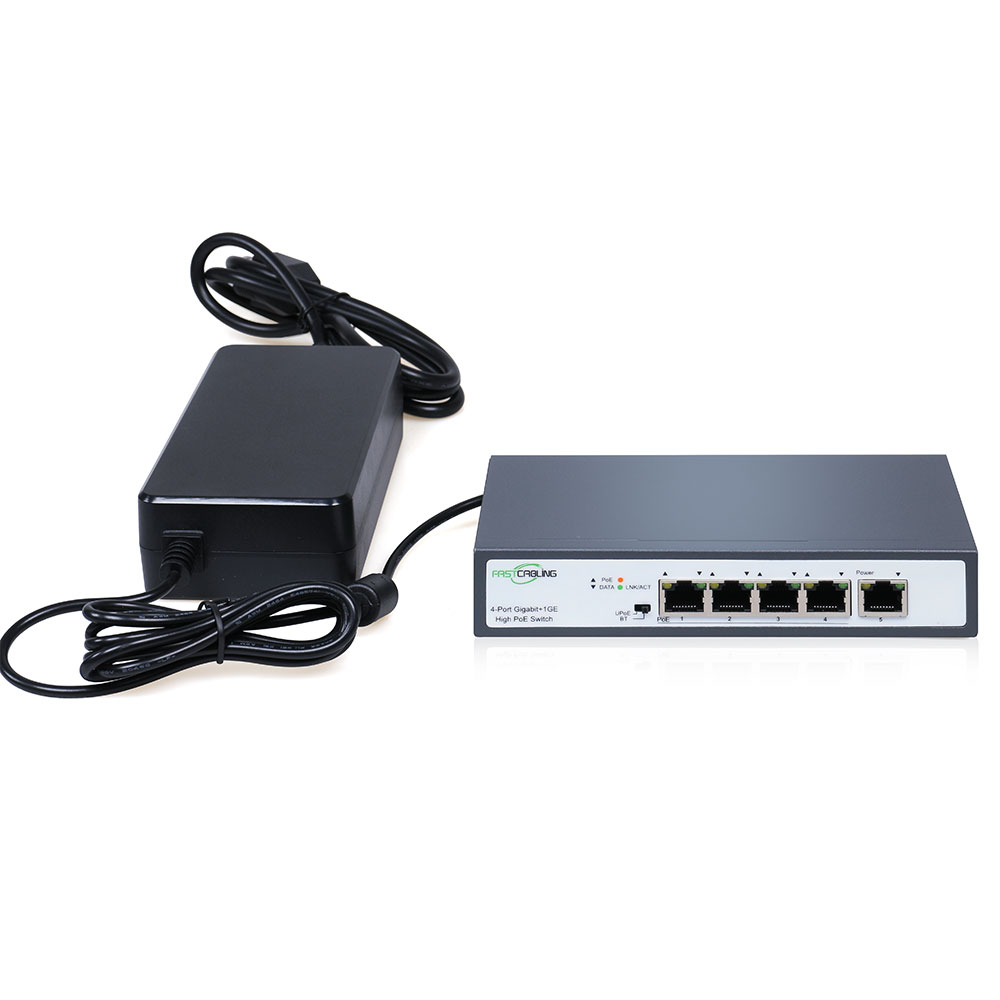Power over Ethernet (PoE) switches have become increasingly popular as an energy-efficient way to power network devices. Now, with the release of IEEE802.3bt PoE++ switches, even more power can be delivered to support a larger range of devices than ever before. But what is IEEE802.3bt PoE++ switch and why should you care? In this blog post, we’ll provide you with a comprehensive guide to all things PoE++ and explain the benefits of using IEEE802.3bt technology in your network. From installation best practices to troubleshooting tips, get ready to take your knowledge up a notch!
What is IEEE802.3bt PoE++?
IEEE802.3bt PoE++ is the next generation of Power over Ethernet (PoE) technology, providing up to 100W of power per port. It is designed to work with the latest generation of higher-power devices such as 4K TVs, virtual reality headsets and gaming consoles.
PoE++ is an extension of the existing IEEE802.3af and IEEE802.3at standards, which specify 15.4W and 30W of power respectively. The new standard increases the maximum power output to 60W per port, with a maximum cable length of 100m.
In order to deliver this increased power, PoE++ switches use multiple pairs of wires in the Ethernet cable, instead of the single pair used in standard PoE. This allows them to deliver up to twice the amount of power without increasing the voltage.
PoE++ is also backward compatible with existing PoE devices, meaning that you can continue to use your old devices while gradually upgrading to newer, more powerful ones.
The Different Types of PoE++ Switches
PoE++ is a new PoE standard that allows for much higher power delivery over Ethernet cables. It is designed to support devices that require up to 60 watts of power, such as 4K TVs, large displays, and enterprise-grade WiFi access points. There are two main types of PoE++ switches: managed and unmanaged.
Managed PoE++ switches offer more control and flexibility for network administrators. They allow for granular control over which devices receive power, and how much power they receive. Managed switches also offer features like Quality of Service (QoS), which can prioritize traffic for time-sensitive applications like VoIP or video conferencing.
Unmanaged PoE++ switches are a simpler solution for small networks or networks where all devices require the same amount of power. Unmanaged switches do not offer the same level of control as managed switches, but they are typically less expensive and easier to set up.
Pros and Cons of a PoE++ Switch
When it comes to networking, there are a lot of options available. But which one is the best for your needs? If you’re looking for a high-powered option that can handle a lot of data traffic, then you may want to consider a PoE++ switch. But what are the pros and cons of using this type of switch? Let’s take a closer look.
PROS:
1. Increased Power over Ethernet: A PoE++ switch can provide up to 100 watts of power per port, which is ideal for devices that require a lot of power, such as IP cameras or VoIP phones.
2. Increased Bandwidth: A PoE++ switch can offer up to 10 Gigabits per second (Gbps) of bandwidth, which is perfect for businesses that need to transfer large amounts of data quickly.
3. Easy to Install: Unlike some other types of switches, PoE++ switches are easy to install and don’t require any special cables or adapters.
CONS:
1. Cost: One of the biggest drawbacks of using a PoE++ switch is the cost. They can be quite expensive, especially when compared to other types of switches on the market.
2. Limited Compatibility: Not all devices are compatible with PoE++ technology, so you’ll need to check compatibility before making a purchase.
What is the Future of PoE++ Technology?
It is safe to say that the future of Power over Ethernet technology looks bright. The IEEE’s802.3bt PoE++ standard was released in September 2018, and provides for up to 100 Watts of power to be delivered over Ethernet cabling. This is a significant increase from the previous 802.3at standard, which only allowed for up to 30 Watts of power delivery.
There are a number of factors that suggest that PoE++ will become the new norm for Power over Ethernet technology. Firstly, the increased power output of PoE++ means that it can be used to power devices that were previously not possible to power using PoE, such as high-powered AV equipment or industrial equipment. Secondly, the fact that the 802.3bt standard has been released by the IEEE suggests that it has been well- vetted and is likely to become widely adopted.
It is worth noting that while some manufacturers have already started releasing PoE++ products, at present there is no real infrastructure in place to support it. This means that if you are planning on deploying PoE++, you will need to ensure that your switch and cabling are both compatible with the standard. However, given the advantages of PoE++, we believe that it is only a matter of time before this technology becomes widely adopted.
Conclusion
IEEE802.3bt PoE++ Switches are some of the most advanced network switches available on the market today and can offer a wide range of features for businesses looking to optimize their communications networks. By understanding the basics, such as what IEEE802.3bt is and how it works, you can make sure that you get the most out of your switch by choosing one that fits all your needs while also offering superb performance and reliability. With this comprehensive guide, we hope to have provided enough information so that you can make an informed decision when selecting your PoE++ Switch Read more
Apart from that, if you are interested to know about The Evolution of Tablets: A Look at the History and Development of Mobile C then visit our Tech category.




